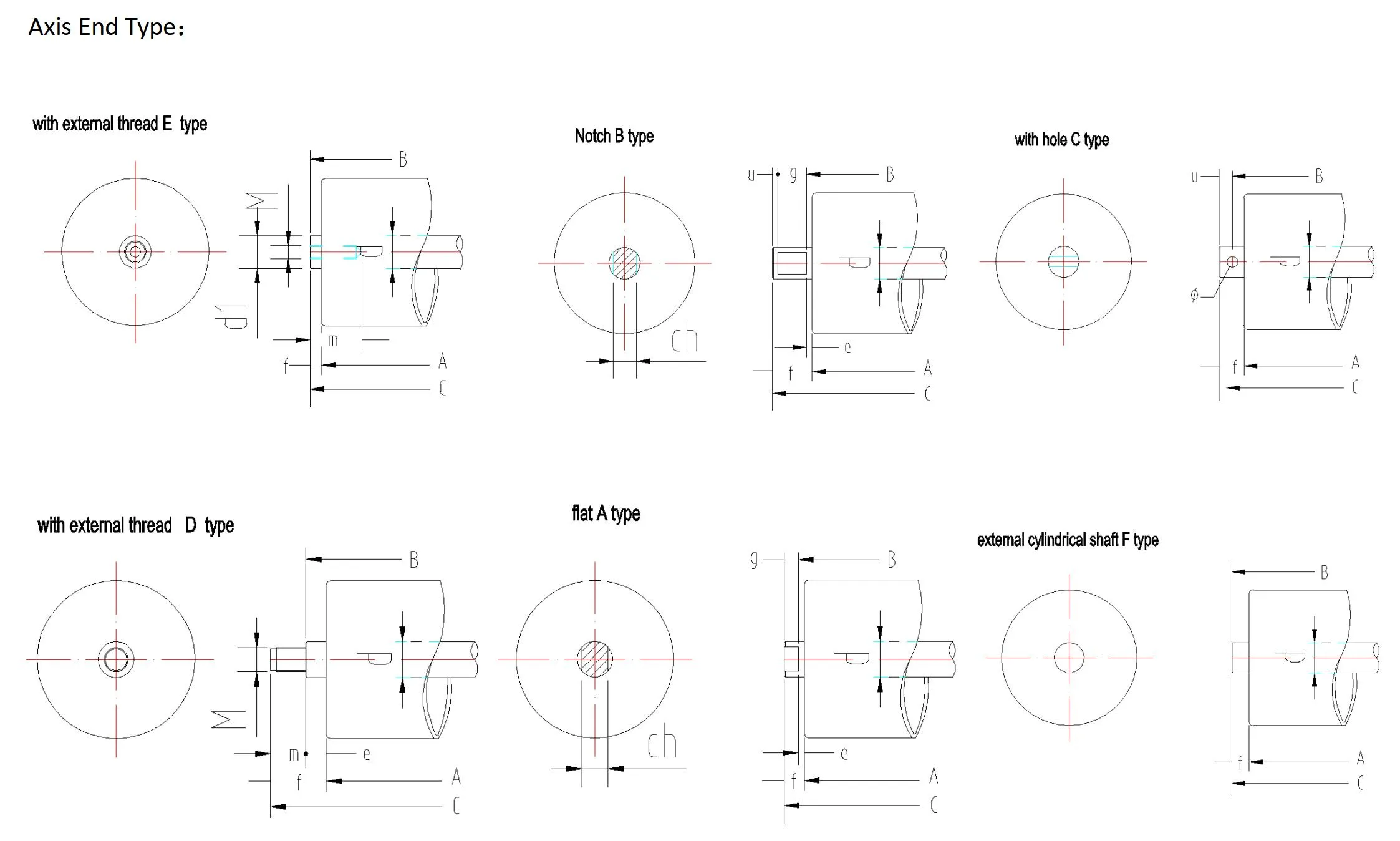 Afrikaans
Afrikaans  Albanian
Albanian  Amharic
Amharic  Arabic
Arabic  Armenian
Armenian  Azerbaijani
Azerbaijani  Basque
Basque  Belarusian
Belarusian  Bengali
Bengali  Bosnian
Bosnian  Bulgarian
Bulgarian  Catalan
Catalan  Cebuano
Cebuano  Corsican
Corsican  Croatian
Croatian  Czech
Czech  Danish
Danish  Dutch
Dutch  English
English  Esperanto
Esperanto  Estonian
Estonian  Finnish
Finnish  French
French  Frisian
Frisian  Galician
Galician  Georgian
Georgian  German
German  Greek
Greek  Gujarati
Gujarati  Haitian Creole
Haitian Creole  hausa
hausa  hawaiian
hawaiian  Hebrew
Hebrew  Hindi
Hindi  Miao
Miao  Hungarian
Hungarian  Icelandic
Icelandic  igbo
igbo  Indonesian
Indonesian  irish
irish  Italian
Italian  Japanese
Japanese  Javanese
Javanese  Kannada
Kannada  kazakh
kazakh  Khmer
Khmer  Rwandese
Rwandese  Korean
Korean  Kurdish
Kurdish  Kyrgyz
Kyrgyz  Lao
Lao  Latin
Latin  Latvian
Latvian  Lithuanian
Lithuanian  Luxembourgish
Luxembourgish  Macedonian
Macedonian  Malgashi
Malgashi  Malay
Malay  Malayalam
Malayalam  Maltese
Maltese  Maori
Maori  Marathi
Marathi  Mongolian
Mongolian  Myanmar
Myanmar  Nepali
Nepali  Norwegian
Norwegian  Norwegian
Norwegian  Occitan
Occitan  Pashto
Pashto  Persian
Persian  Polish
Polish  Portuguese
Portuguese  Punjabi
Punjabi  Romanian
Romanian  Russian
Russian  Samoan
Samoan  Scottish Gaelic
Scottish Gaelic  Serbian
Serbian  Sesotho
Sesotho  Shona
Shona  Sindhi
Sindhi  Sinhala
Sinhala  Slovak
Slovak  Slovenian
Slovenian  Somali
Somali  Spanish
Spanish  Sundanese
Sundanese  Swahili
Swahili  Swedish
Swedish  Tagalog
Tagalog  Tajik
Tajik  Tamil
Tamil  Tatar
Tatar  Telugu
Telugu  Thai
Thai  Turkish
Turkish  Turkmen
Turkmen  Ukrainian
Ukrainian  Urdu
Urdu  Uighur
Uighur  Uzbek
Uzbek  Vietnamese
Vietnamese  Welsh
Welsh  Bantu
Bantu  Yiddish
Yiddish  Yoruba
Yoruba  Zulu
Zulu Flat Rate Idler for Enhanced Performance and Efficiency in Various Applications
Understanding the Flat Return Idler A Key Component in Conveyor Systems
In the realm of material handling and logistics, the efficiency of conveyor systems plays a pivotal role in the seamless movement of goods. One crucial component that often goes unnoticed yet significantly contributes to the performance of these systems is the flat return idler. Understanding its function and importance can provide valuable insights into the overall efficiency of conveyor operations.
A flat return idler is a type of roller designed to support the return side of a conveyor belt. It is typically positioned parallel to the main conveyor structure and serves as a guiding mechanism for the belt as it returns to the drive unit after delivering materials. The primary purpose of the flat return idler is to reduce friction, minimize wear on the conveyor belt, and support the proper tracking of the belt.
One of the significant advantages of using flat return idlers is their ability to reduce the overall energy consumption of conveyor systems. With a smooth and properly aligned return path, the belt experiences less resistance, allowing for more efficient operation. This not only optimizes the speed and productivity of the system but also extends the lifespan of the belt and other associated components. As a result, companies can achieve cost savings by minimizing maintenance expenses and reducing downtime caused by equipment failure.
flat return idler

Flat return idlers come in various designs and materials, catering to the specific needs of different industries. They are engineered to withstand various environmental conditions, including exposure to moisture, heat, and chemicals, ensuring durability and reliability. For instance, idlers made from corrosion-resistant materials are ideal for environments where exposure to moisture is a concern, while those designed with heavy-duty specifications are suitable for applications involving heavy loads.
The installation and maintenance of flat return idlers are also critical for ensuring their optimal performance. Regular inspections should be conducted to identify any signs of wear or misalignment. Misalignment can lead to increased friction, resulting in higher energy costs and potential belt damage. Therefore, it is crucial to maintain proper alignment and tensioning of the conveyor system to ensure that the flat return idlers operate effectively.
In conclusion, flat return idlers are essential components in conveyor systems that play a vital role in enhancing operational efficiency. By reducing friction and guiding the return belt, they contribute to energy savings, minimize wear, and improve the overall longevity of the system. Investing in high-quality flat return idlers and ensuring their proper installation and maintenance can significantly impact a company's bottom line, making them a worthwhile consideration for any business involved in material handling. Understanding the importance of these components can lead to better operational strategies and enhanced productivity in the long run.
-
Revolutionizing Conveyor Reliability with Advanced Rubber Lagging PulleysNewsJul.22,2025
-
Powering Precision and Durability with Expert Manufacturers of Conveyor ComponentsNewsJul.22,2025
-
Optimizing Conveyor Systems with Advanced Conveyor AccessoriesNewsJul.22,2025
-
Maximize Conveyor Efficiency with Quality Conveyor Idler PulleysNewsJul.22,2025
-
Future-Proof Your Conveyor System with High-Performance Polyurethane RollerNewsJul.22,2025
-
Driving Efficiency Forward with Quality Idlers and RollersNewsJul.22,2025





























